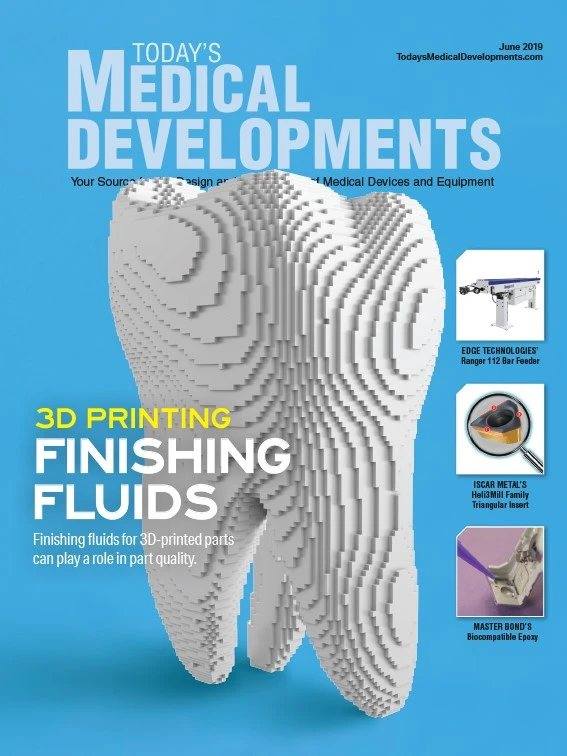
While I do enjoy a round of golf – I’ve played since I was young, though not at a competitive level – you typically won’t catch me watching a tournament on television. However, in mid-April I spent much of my weekend watching the Masters Tournament held in Augusta, Georgia, as I’m sure many golfers and non-golf fans were. The draw for the event: Tiger Woods and his improbable comeback to win his 5th Masters on April 14.
Woods, the youngest-ever winner of the Masters at age 21, won in 1997 by 12 strokes. His domination of the sport continued through 2000 – when he won 3 majors – and by the end of 2008, Woods had won 14 majors. However, injuries (and poor personal decisions) were wreaking havoc on the athlete.
Woods has a laundry list of injuries starting from 1994 before ever sporting the green jacket for his first Masters win. He has had numerous surgeries on his left knee for benign tumors, scar tissues, cysts, cartilage damage, and anterior crucial ligament (ACL) repair. He played (and won) the 2008 U.S. Open with two stress fractures of his left tibia. Surgery followed 8 days later to repair the ACL in his left knee with a tendon from his right thigh. Add to that repeated Achilles tendon injuries (right and left), bulging discs, MCL sprains, elbow strains, neck pains, and more.
So, by 2014, after repeated withdrawals from events and shooting a 78 at the Cadillac Championship at Doral – the highest score of his career in a final round – Woods seemed to be on the road to retirement.
The injuries and surgeries kept coming:
- March 2014 – Surgery for a pinched nerve
- September 2015 – Surgery to remove disc fragments pinching a nerve
- October 2015 – Procedure to relieve discomfort in his back; no timetable signaling a return to the PGA Tour
- April 2017 – Fourth back surgery, anterior lumbar interbody fusion (ALIF) at L5/S1
Slightly more than a month after that last surgery Woods posted that it was “hard to express how much better I feel. It was instant nerve relief. I haven’t felt this good in years.”
Less than 24 months later, Woods donned the green jacket again. His Masters win not only marked his return to professional golf, it earned him a Presidential Medal of Freedom – which has been awarded 590 times in the past 56 years.
While I respect the athleticism and determination that got Woods back on the greens, I believe there are a few more that would deserve this award: one for the precision medical manufacturing that produced the spinal cage and one for the skilled surgery performed by Dr. Richard Guyer of the Center for Disc Replacement at the Texas Back Institute.
Without advancements in biocompatible materials, manufacturing processes, quality to the sub-micron levels, and minimally invasive surgeries, Woods may have never regained his competitive edge. Athletes with his injury experiences in a previous generation would have had to settle for a normal life – playing with his kids, limited activity, and living with pain. Yet this “routine” su gery returned Woods to athletic greatness.
Elizabeth Engler Modic, Editor
emodic@gie.net

Explore the June 2019 Issue
Check out more from this issue and find your next story to read.
Latest from Today's Medical Developments
- Roundup of some news hires around the manufacturing industry
- Mazak’s INTEGREX j-Series NEO Machines
- The Association for Advancing Automation (A3) releases vision for a U.S. national robotics strategy
- Mitutoyo America’s SJ-220 Surftest
- #56 - Manufacturing Matters - How Robotics and Automation are Transforming Manufacturing
- STUDER looks back on a solid 2024 financial year
- HANNOVER MESSE 2025: Tailwind for industry
- Find out the latest developments in tool path strategies for machining







